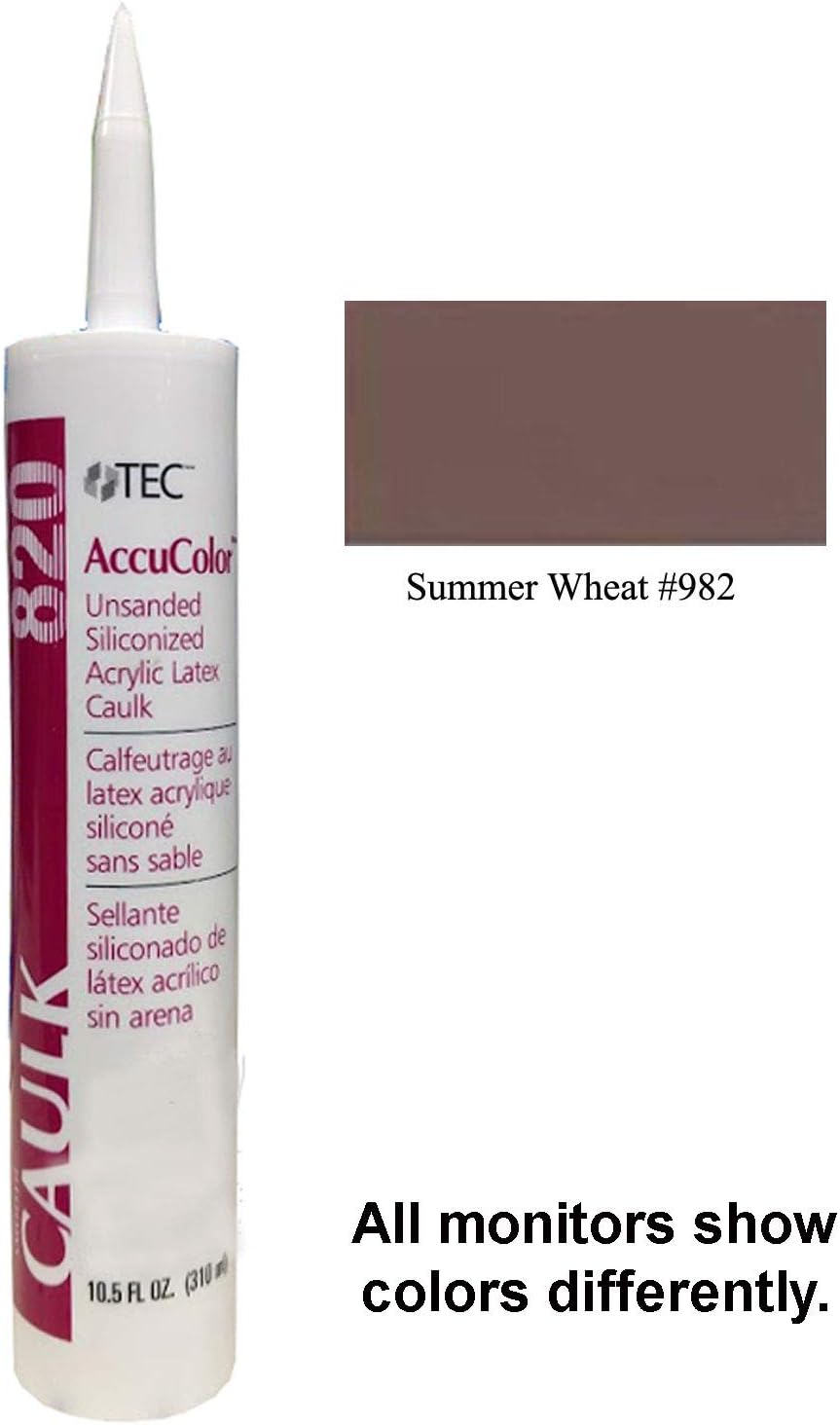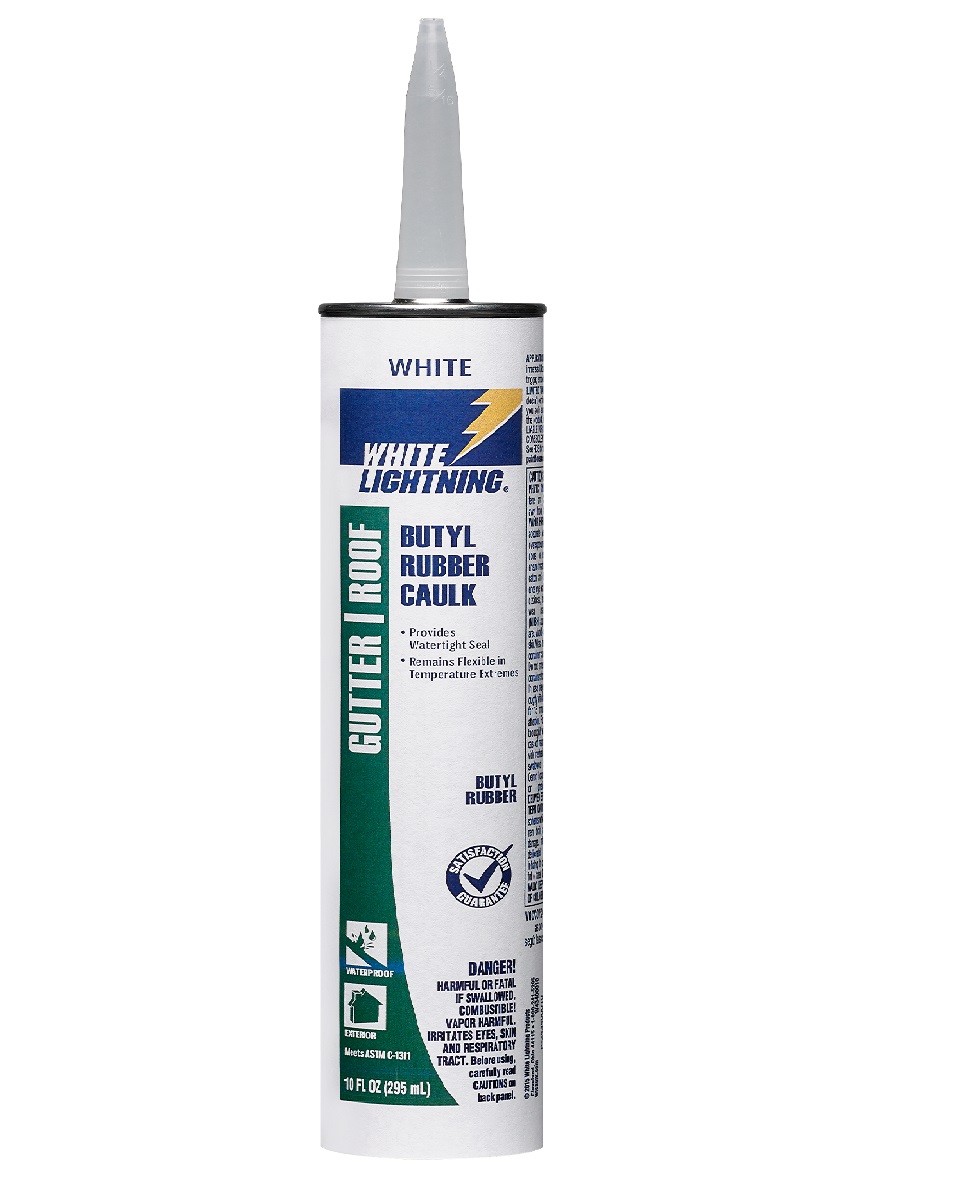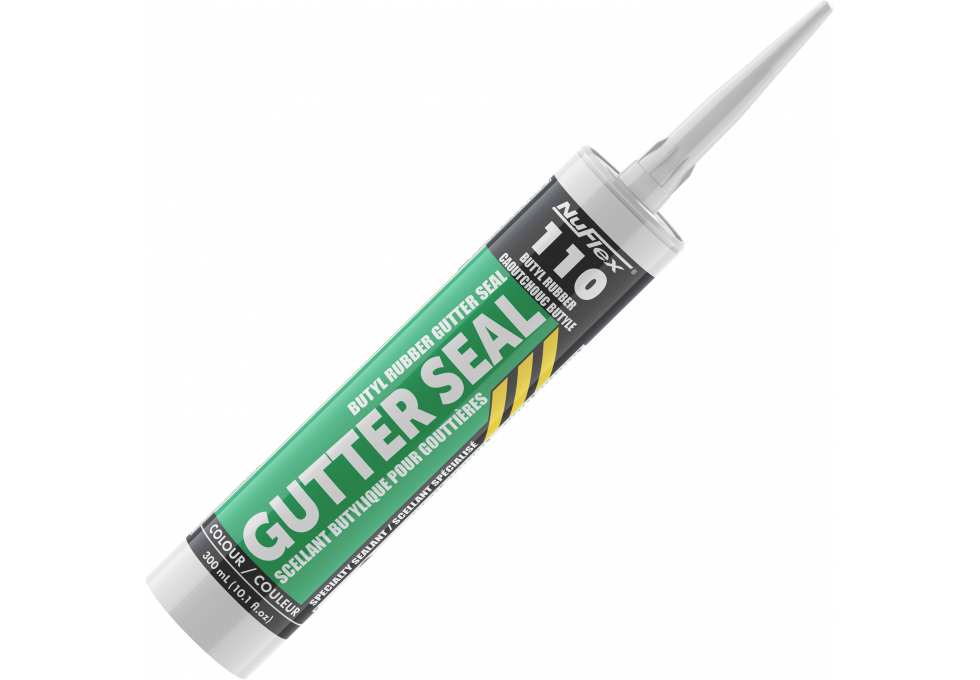Silicone caulk is the most popular alternative to traditional caulk for sealing a kitchen sink. It is a waterproof and flexible sealant that can withstand high temperatures and is resistant to mold and mildew. Silicone caulk is easy to apply and can last for a long time without needing to be replaced. It comes in a variety of colors to match your kitchen décor and can be easily removed if needed.Silicone Caulk
Plumber's putty is another common alternative for caulking a kitchen sink. It is a soft, pliable material that is easy to mold and shape. Plumber's putty is typically used for sealing drains and sink strainers, but it can also be used to seal the edges of a sink. It is not as durable as silicone caulk, so it may need to be replaced more frequently, but it is a good option for temporary fixes or smaller areas.Plumber's Putty
Epoxy is a strong adhesive that is commonly used for plumbing repairs. It is a two-part mixture that hardens when mixed together, creating a strong bond. Epoxy can be used to seal gaps or cracks in a sink and can withstand high temperatures and moisture. However, it can be messy to work with and may require more skill to apply compared to other alternatives.Epoxy
Waterproof tape, also known as plumber's tape, is a quick and easy alternative for sealing a kitchen sink. It is a self-adhesive tape that is designed to create a watertight seal. Waterproof tape is ideal for small leaks or temporary fixes, but it may not be as durable as other options and may need to be replaced more frequently.Waterproof Tape
Sealant strips are pre-cut strips of adhesive material that can be used to seal the edges of a kitchen sink. They are easy to apply and can provide a clean and uniform seal. Sealant strips are available in a variety of colors and sizes to match your sink and can be easily removed if needed.Sealant Strips
Tile grout is a cement-based material that is commonly used to fill the gaps between tiles. It is also a great alternative for sealing a kitchen sink, especially if your sink is made of tiles. Tile grout is water-resistant and can provide a strong and durable seal. It is available in different colors and can be easily applied with a grout float.Tile Grout
A rubber gasket is a flexible and waterproof seal that is commonly used in plumbing. It is a ring-shaped piece of rubber that can be placed between two surfaces to create a tight seal. Rubber gaskets come in various sizes and can be easily replaced if needed. They are a good option for sealing sinks with a rubber gasket already in place.Rubber Gasket
Ceramic tile adhesive is another alternative for sealing a kitchen sink made of tiles. It is a strong and waterproof adhesive that can provide a long-lasting seal. Ceramic tile adhesive comes in a variety of colors and can be easily applied with a trowel. However, it may require some skill and experience to apply properly.Ceramic Tile Adhesive
Acrylic caulk is a versatile and easy-to-use sealant that can be used for a variety of household repairs. It is water-resistant and can provide a strong and durable seal for a kitchen sink. Acrylic caulk is available in different colors and can be easily applied with a caulk gun. It is also easy to clean up with water.Acrylic Caulk
Butyl rubber caulk is a waterproof and durable sealant that is commonly used for outdoor repairs. It can also be used to seal gaps and cracks on a kitchen sink. Butyl rubber caulk is resistant to extreme temperatures and can provide a long-lasting seal. It can be easily applied with a caulk gun and can be painted over once dry.Butyl Rubber Caulk
Why Caulk May Not Be the Best Choice for Your Kitchen Sink

The Problems with Caulk
 When it comes to sealing your kitchen sink,
caulk
may seem like the obvious choice. It's been a go-to solution for many homeowners for years. However, there are some drawbacks to using caulk that you may not be aware of. For one, caulk can become discolored and deteriorate over time, leading to an unsightly and potentially unhygienic mess. Additionally, caulk can be difficult to apply evenly and can be messy to work with. So, if you're looking for an alternative to caulk for your kitchen sink, you're not alone. Many homeowners are turning to other options that offer a more durable and attractive solution.
When it comes to sealing your kitchen sink,
caulk
may seem like the obvious choice. It's been a go-to solution for many homeowners for years. However, there are some drawbacks to using caulk that you may not be aware of. For one, caulk can become discolored and deteriorate over time, leading to an unsightly and potentially unhygienic mess. Additionally, caulk can be difficult to apply evenly and can be messy to work with. So, if you're looking for an alternative to caulk for your kitchen sink, you're not alone. Many homeowners are turning to other options that offer a more durable and attractive solution.
The Alternatives to Caulk
 Fortunately, there are several alternatives to caulk that can provide a more effective and aesthetically pleasing seal for your kitchen sink. One popular option is
silicone sealant
, which is known for its durability and resistance to water and heat. It's also available in a variety of colors to match your kitchen's design. Another alternative is
epoxy grout
, which is a strong and long-lasting substance that can be used to seal your sink and withstand frequent use. It can also be tinted to match your sink and countertop for a seamless look.
Fortunately, there are several alternatives to caulk that can provide a more effective and aesthetically pleasing seal for your kitchen sink. One popular option is
silicone sealant
, which is known for its durability and resistance to water and heat. It's also available in a variety of colors to match your kitchen's design. Another alternative is
epoxy grout
, which is a strong and long-lasting substance that can be used to seal your sink and withstand frequent use. It can also be tinted to match your sink and countertop for a seamless look.
The Benefits of Using Alternative Sealants
 Aside from their durability and variety of color options, these alternative sealants offer other benefits as well. For one, they are generally easier to apply and can be more forgiving if you make a mistake during the process. They also tend to have a longer lifespan than caulk, meaning you won't have to worry about reapplying the sealant as frequently. Additionally, some alternative sealants, such as silicone, are resistant to mold and mildew, making them a more hygienic choice for your kitchen sink.
Aside from their durability and variety of color options, these alternative sealants offer other benefits as well. For one, they are generally easier to apply and can be more forgiving if you make a mistake during the process. They also tend to have a longer lifespan than caulk, meaning you won't have to worry about reapplying the sealant as frequently. Additionally, some alternative sealants, such as silicone, are resistant to mold and mildew, making them a more hygienic choice for your kitchen sink.
Considerations When Choosing an Alternative Sealant
 When deciding on which alternative sealant to use for your kitchen sink, there are a few things to keep in mind. First, make sure the sealant is specifically designed for use in wet areas and is resistant to water and heat. You should also consider the color options available and choose one that will complement your kitchen's design. Lastly, make sure to follow the manufacturer's instructions for application and maintenance to ensure the best results.
In conclusion, while caulk has been a popular choice for sealing kitchen sinks, it may not be the best option for all homeowners. There are alternative sealants available that offer more durability, variety, and ease of use. Consider these options when sealing your kitchen sink for a long-lasting and visually appealing solution.
When deciding on which alternative sealant to use for your kitchen sink, there are a few things to keep in mind. First, make sure the sealant is specifically designed for use in wet areas and is resistant to water and heat. You should also consider the color options available and choose one that will complement your kitchen's design. Lastly, make sure to follow the manufacturer's instructions for application and maintenance to ensure the best results.
In conclusion, while caulk has been a popular choice for sealing kitchen sinks, it may not be the best option for all homeowners. There are alternative sealants available that offer more durability, variety, and ease of use. Consider these options when sealing your kitchen sink for a long-lasting and visually appealing solution.
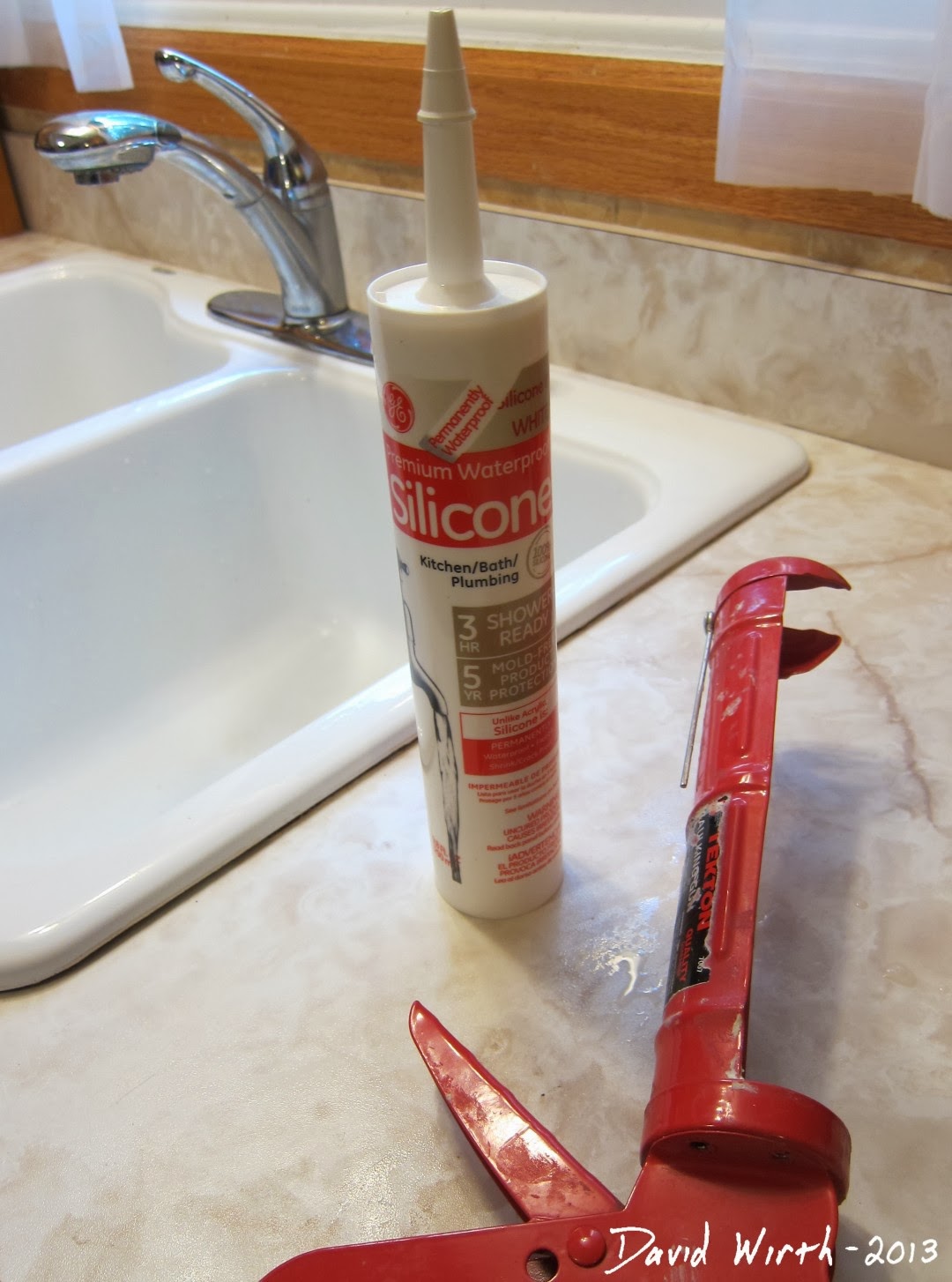.jpg)





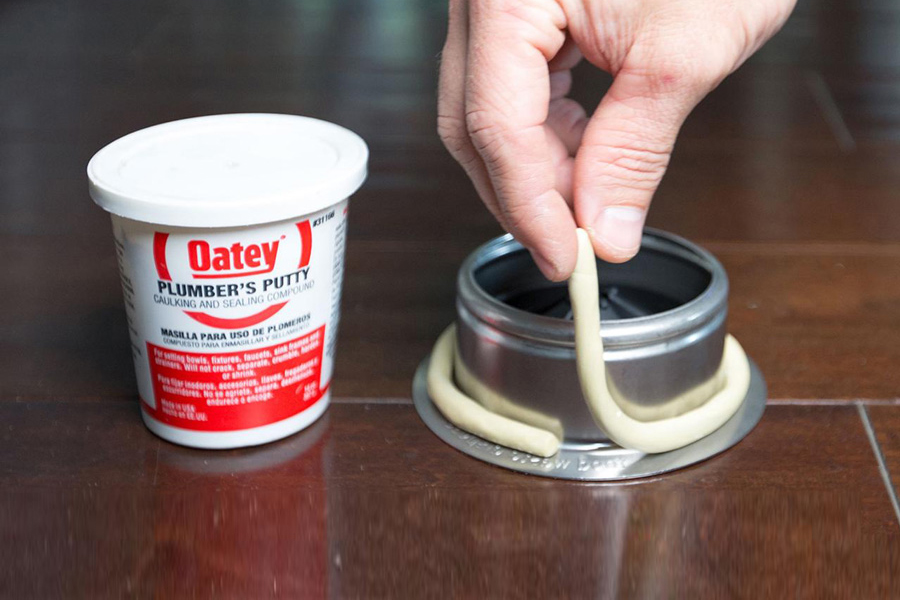

/185313098-56a73c255f9b58b7d0e81636.jpg)



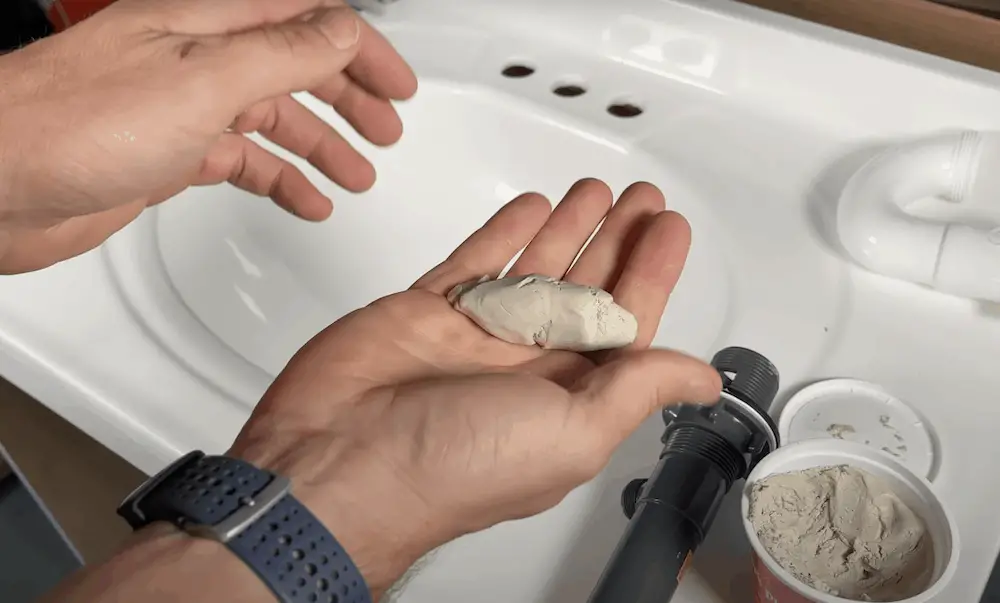

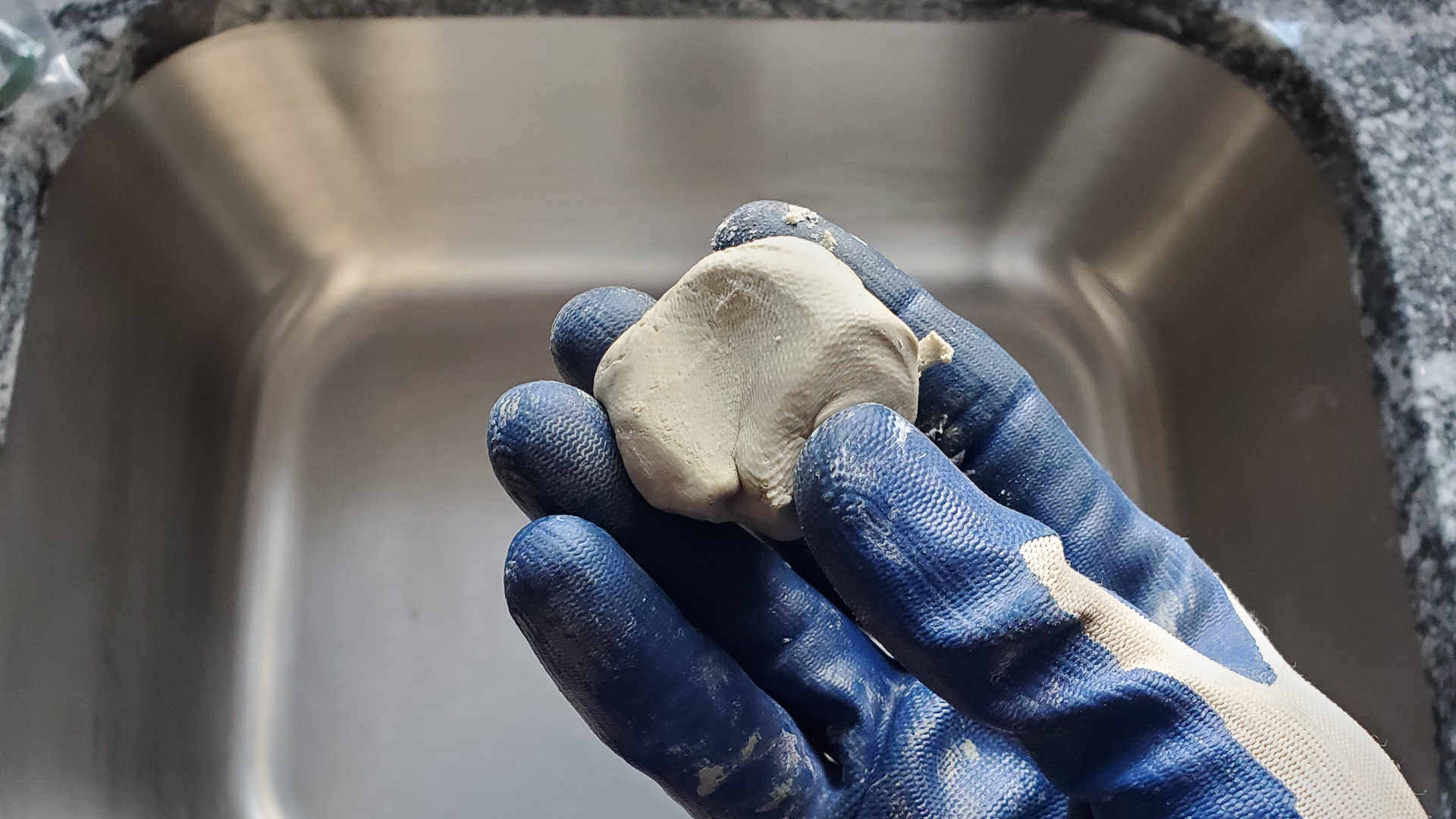

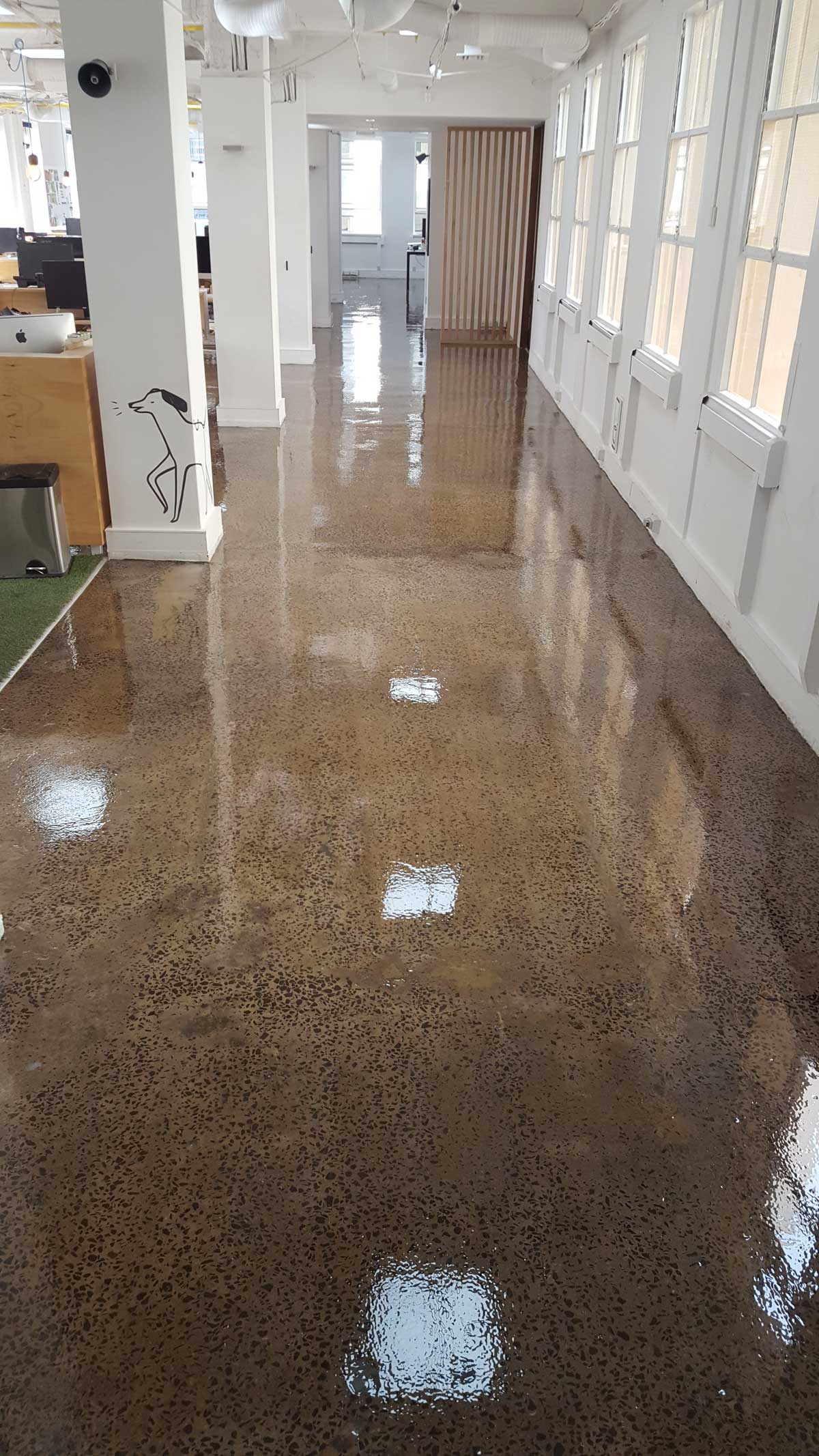


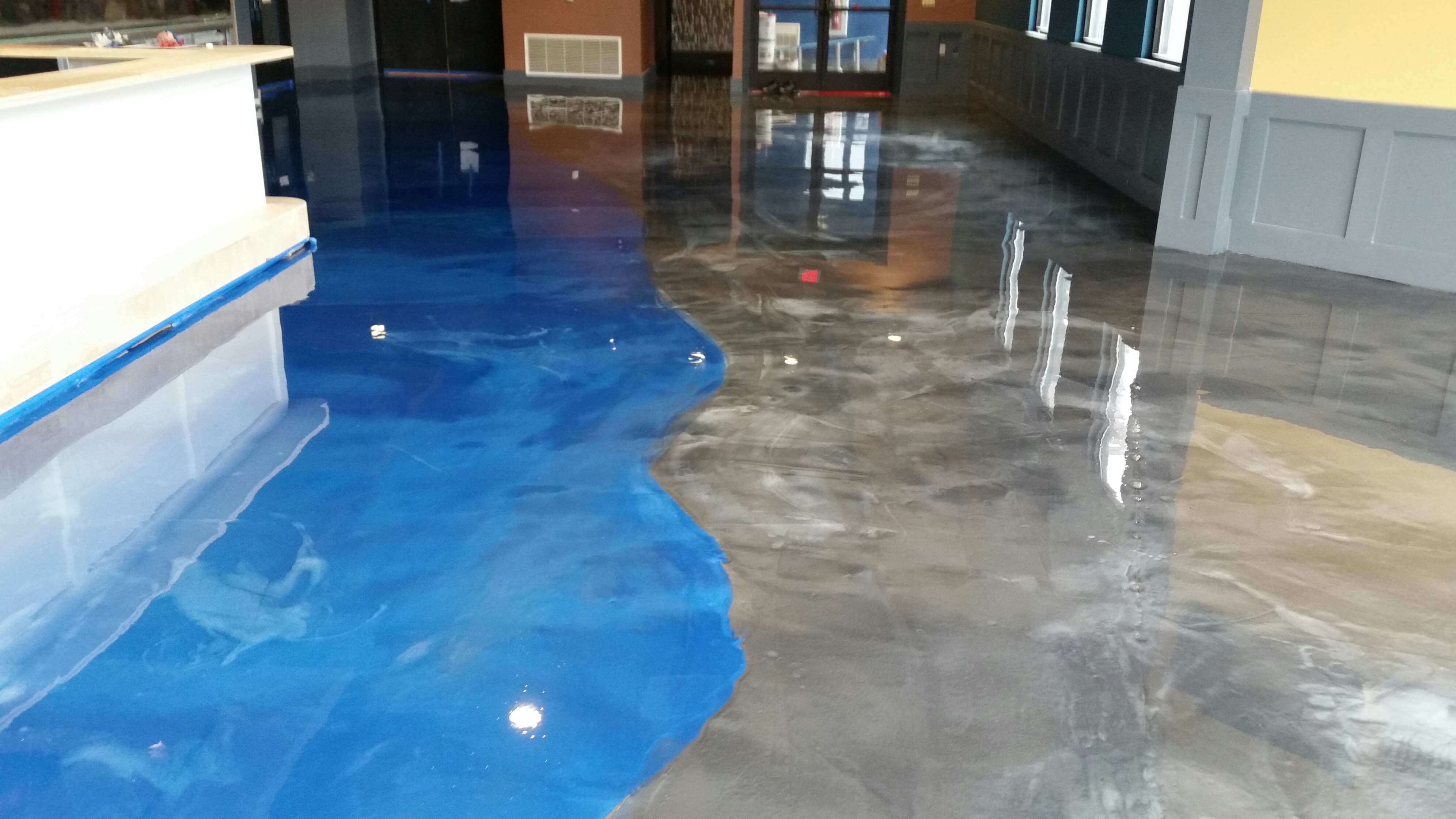
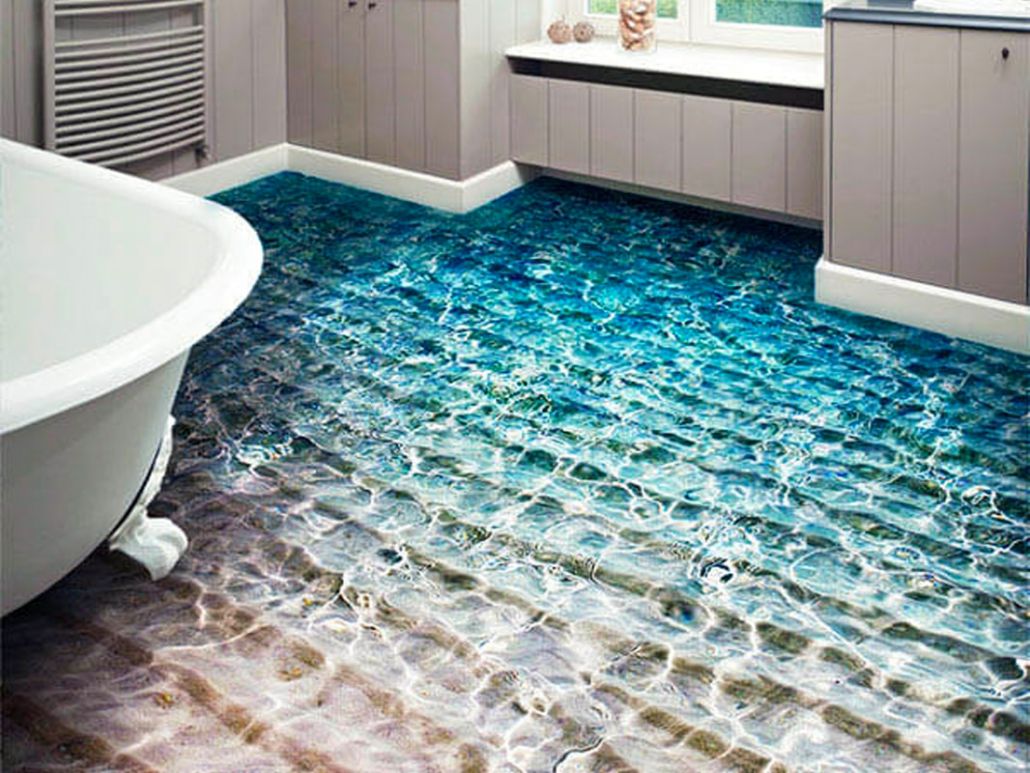
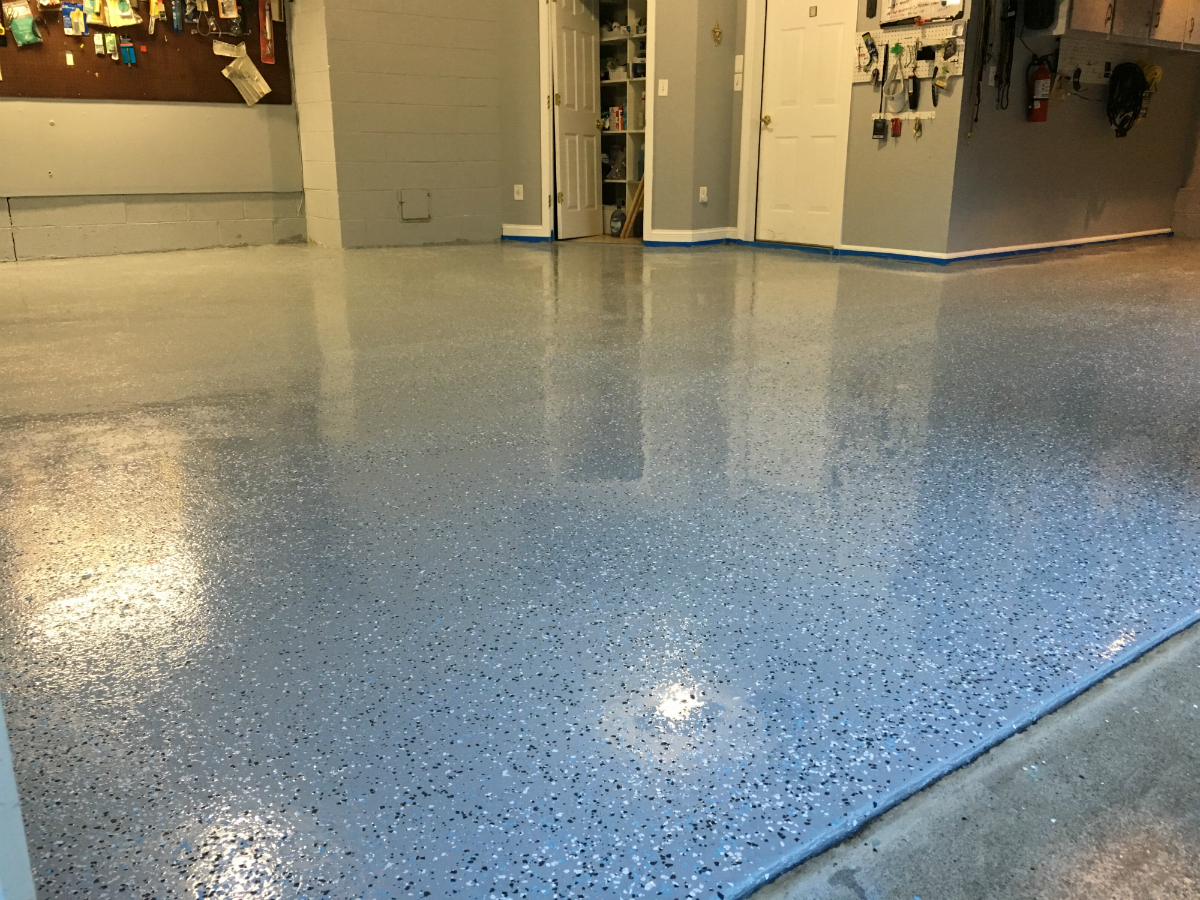




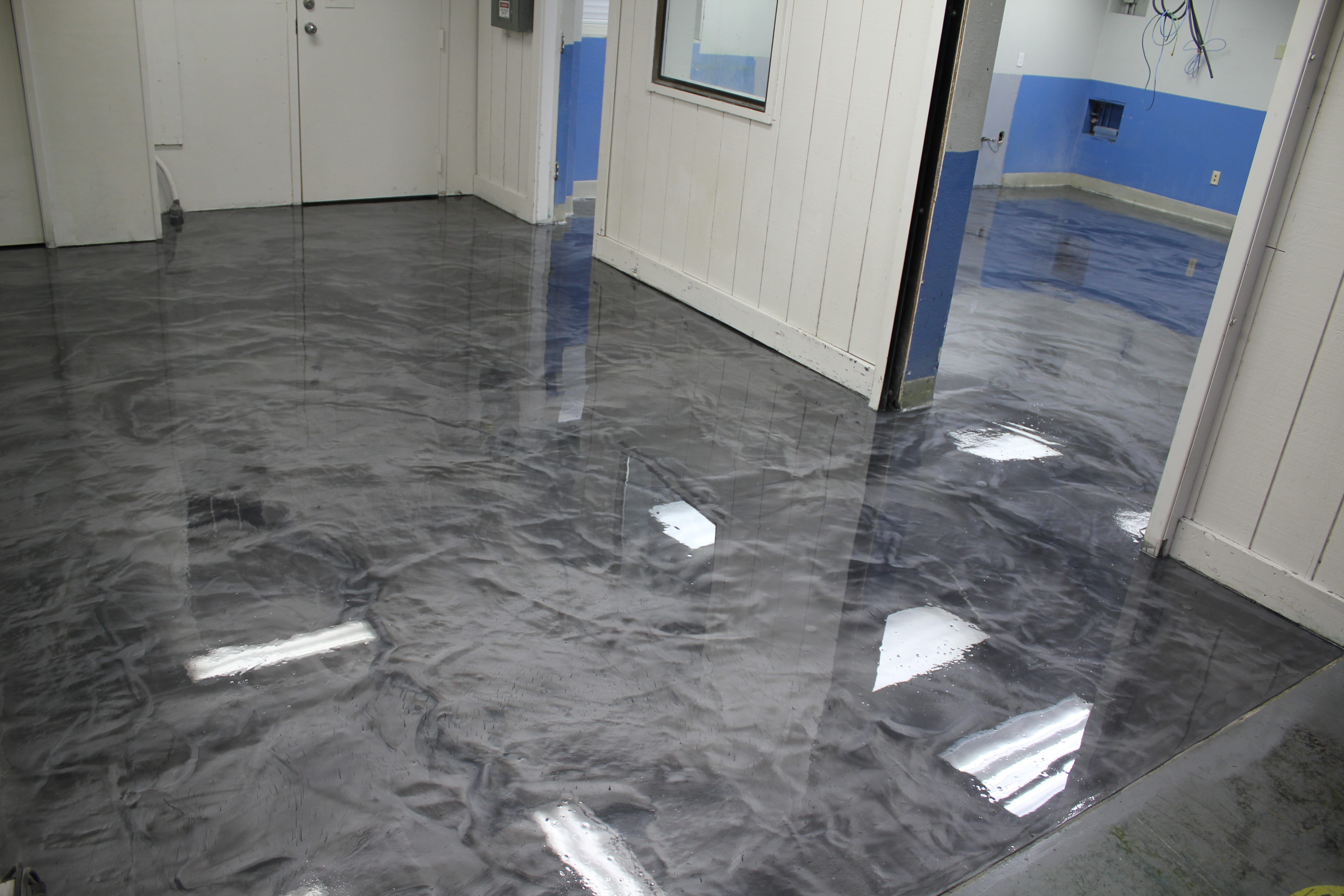



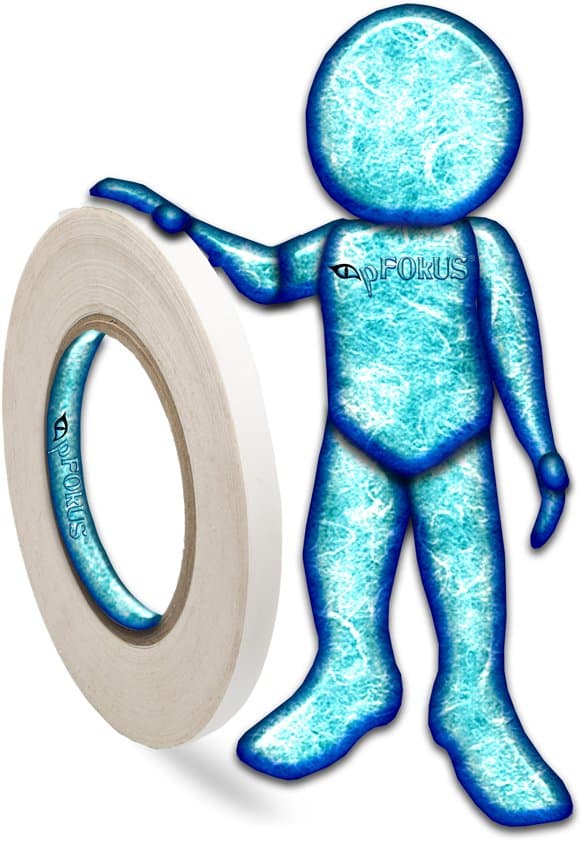

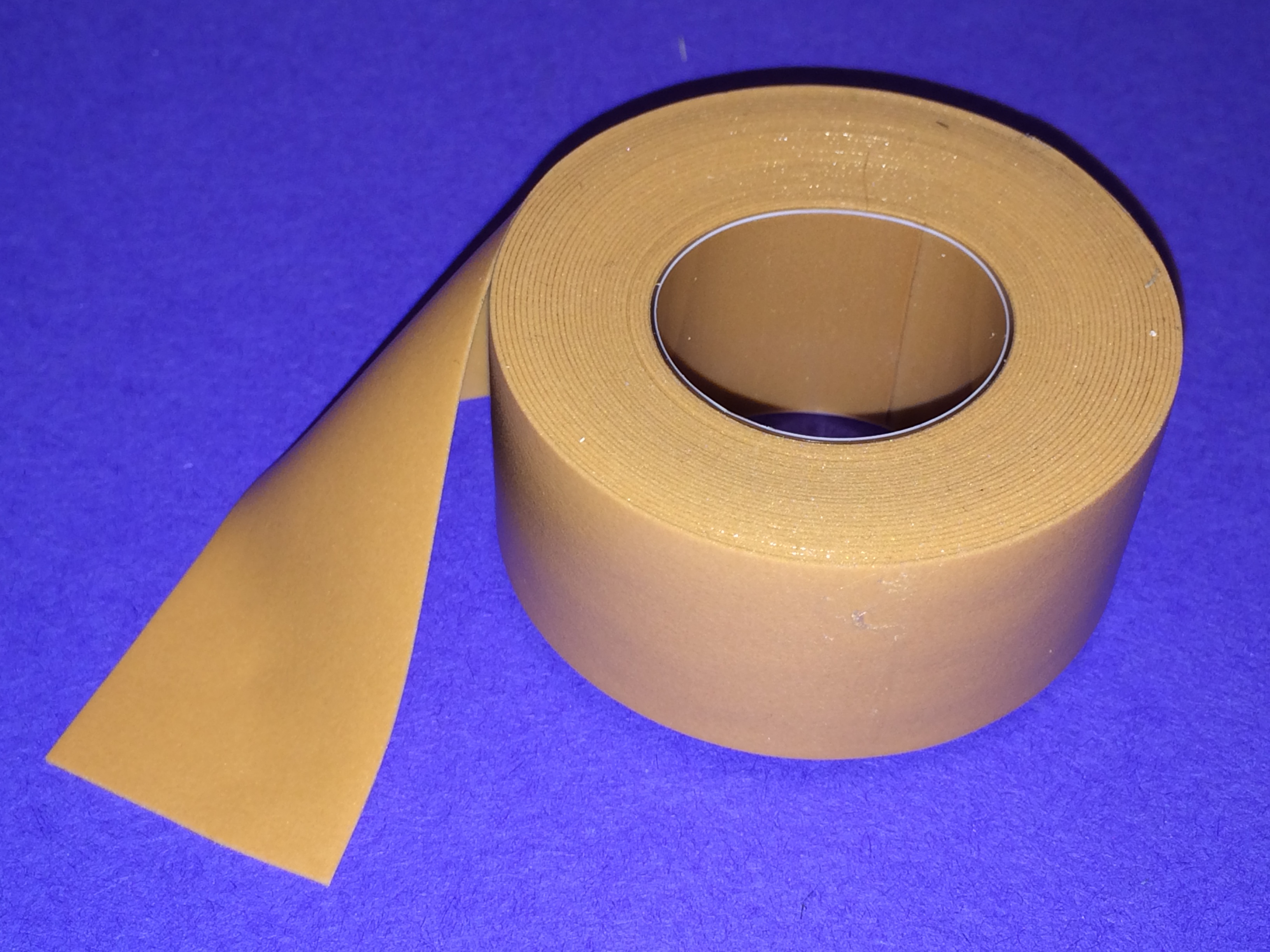




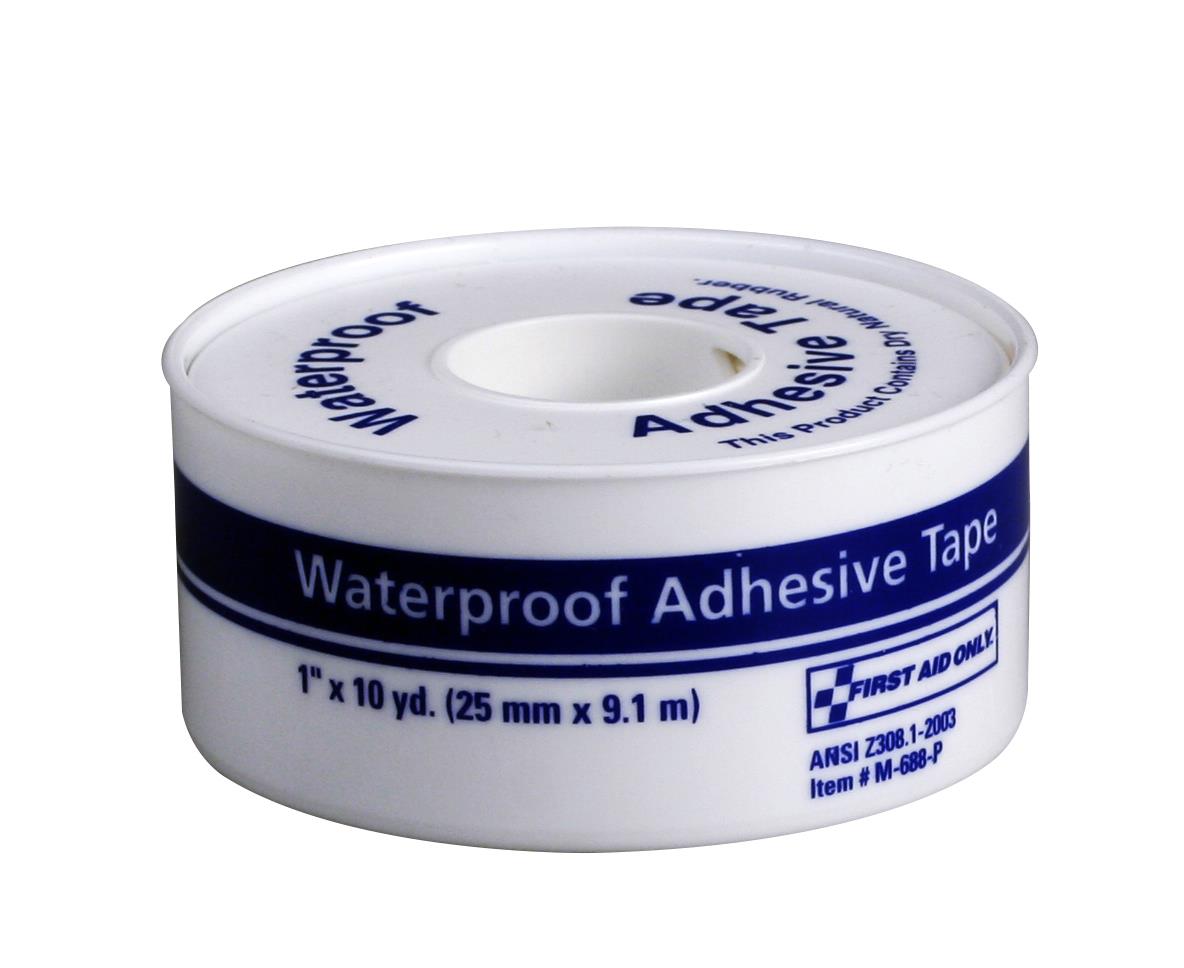



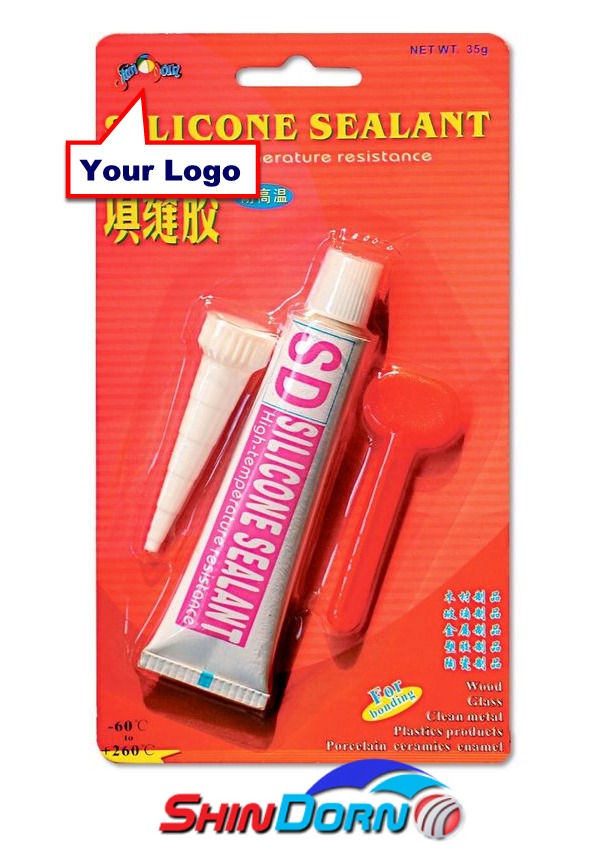

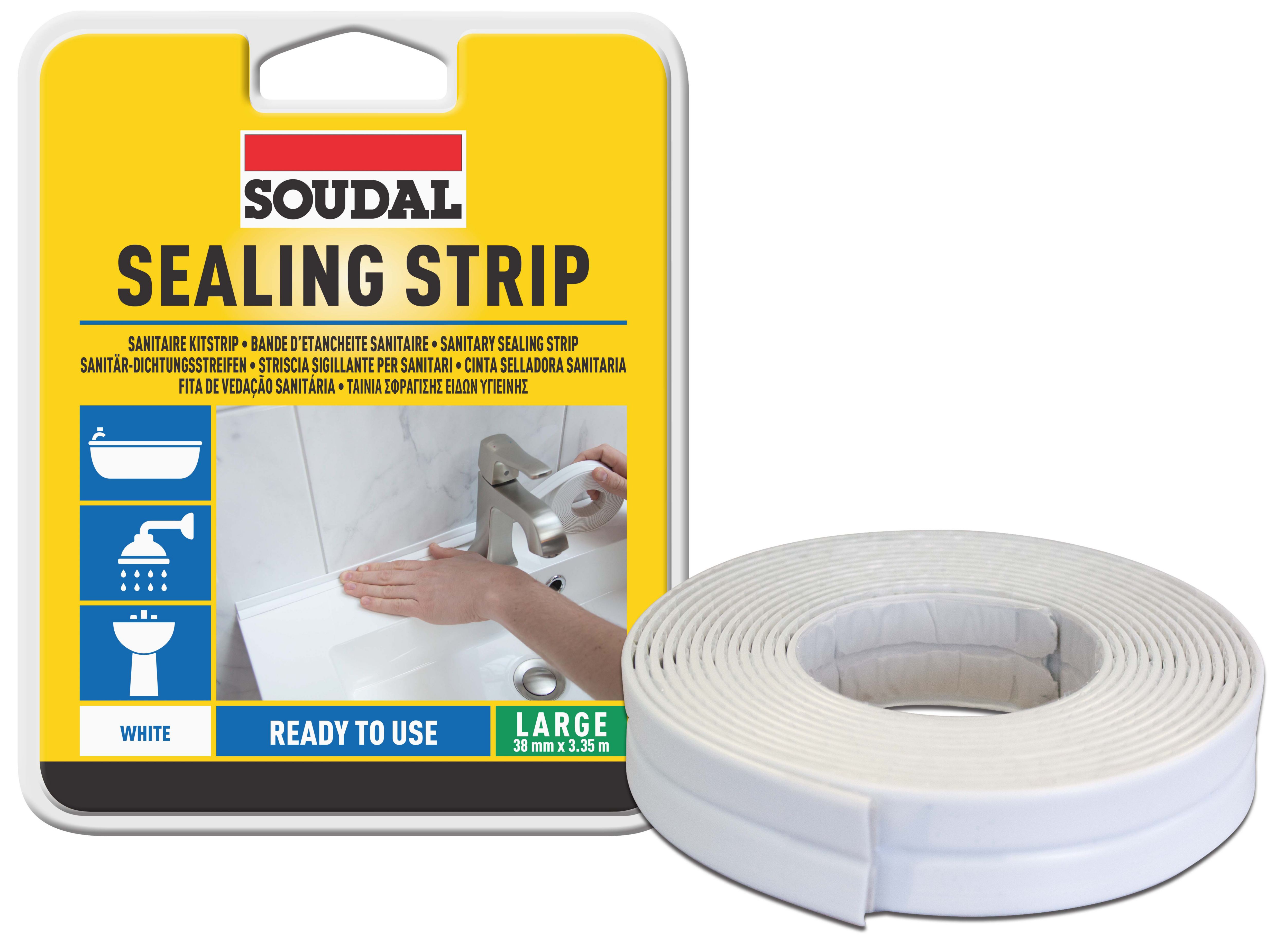


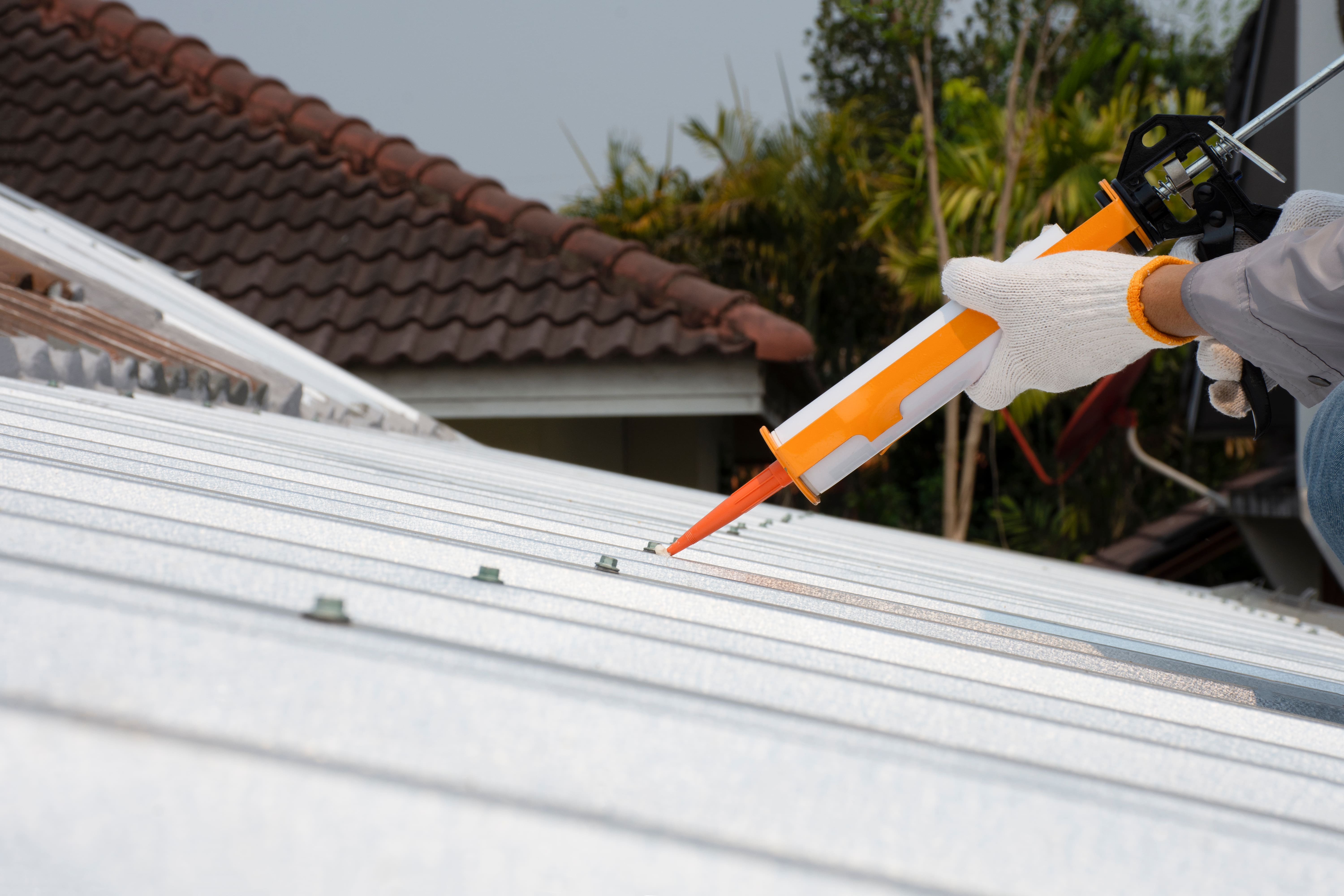

02.jpg)



/hand-spreading-grout-on-tiles-with-grout-spreader-80033352-583c5e073df78c6f6a2f22b6.jpg)
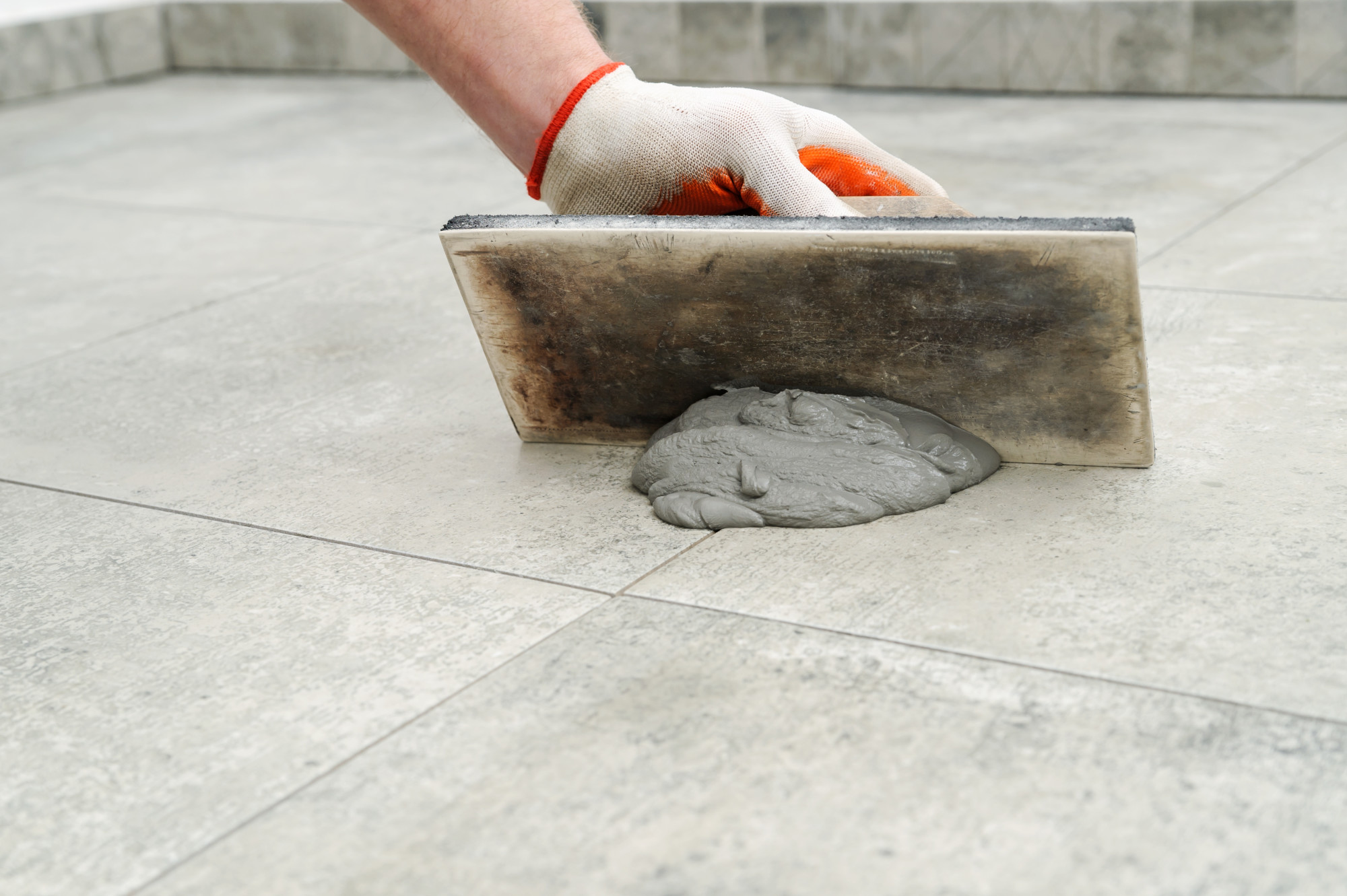



:max_bytes(150000):strip_icc()/how-to-grout-ceramic-wall-tile-1824821-07-f4f2bfe93c11494c89ad12e0d4877b52.jpg)
:max_bytes(150000):strip_icc()/how-to-grout-ceramic-wall-tile-1824821-04-efc9e71308b145b0938886ec6bfe510b.jpg)



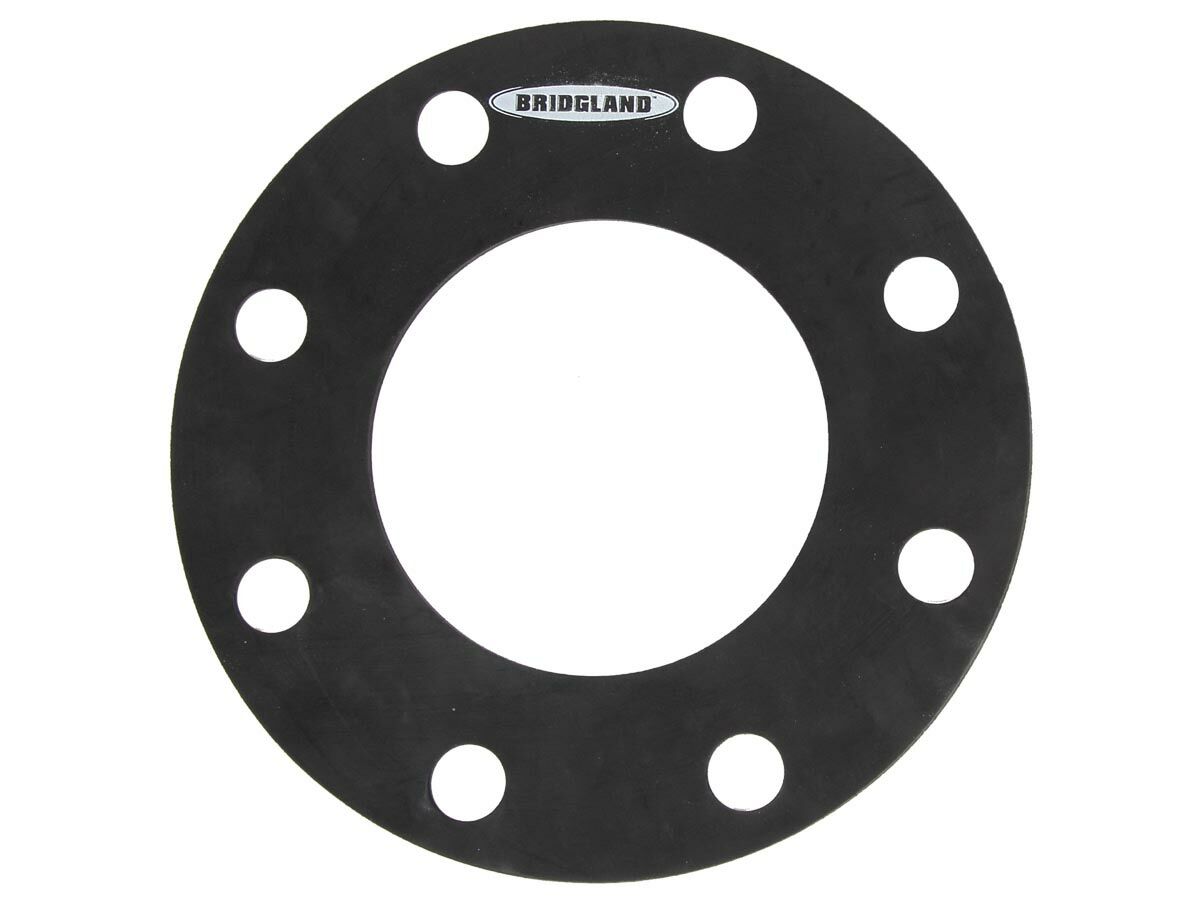



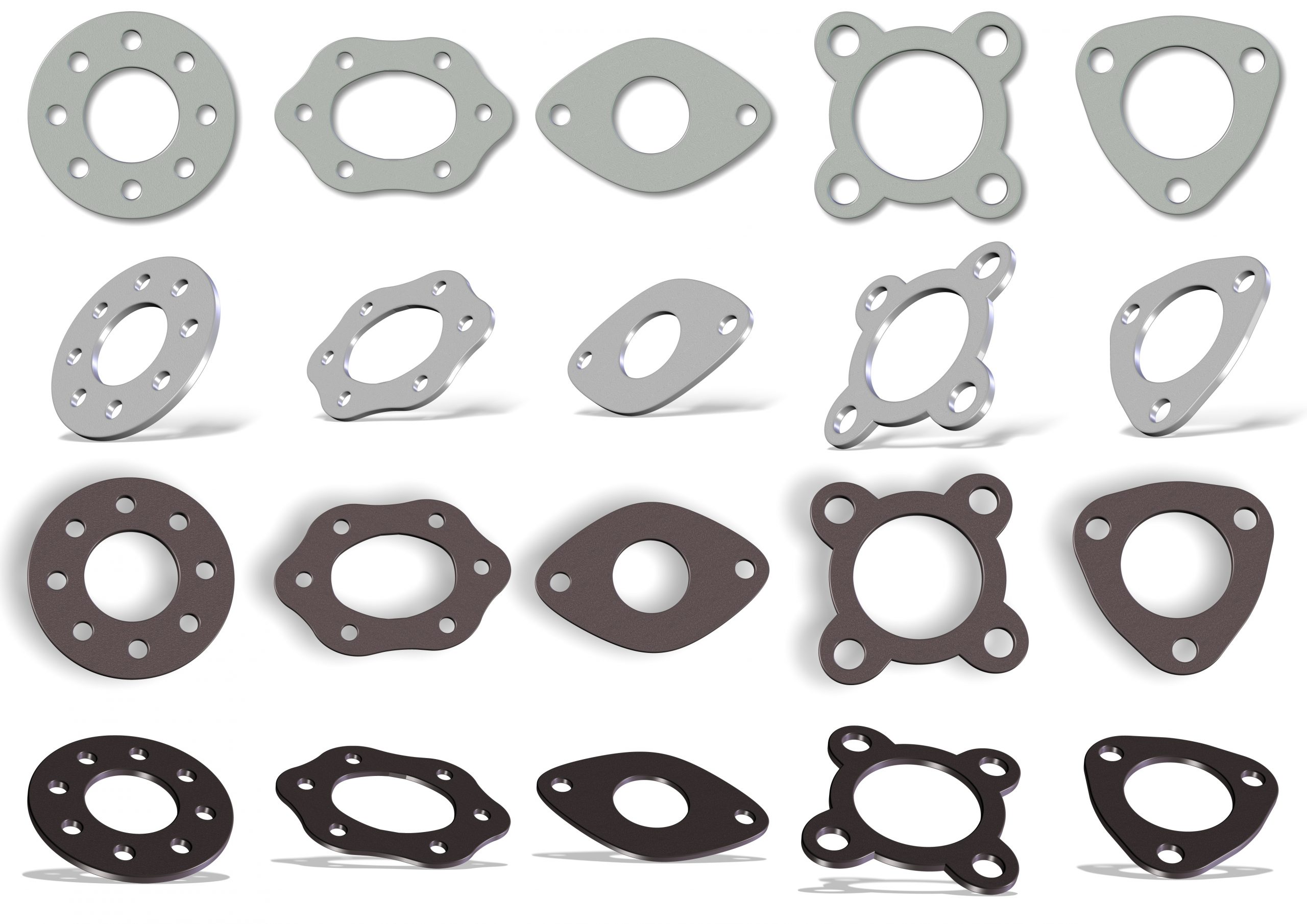
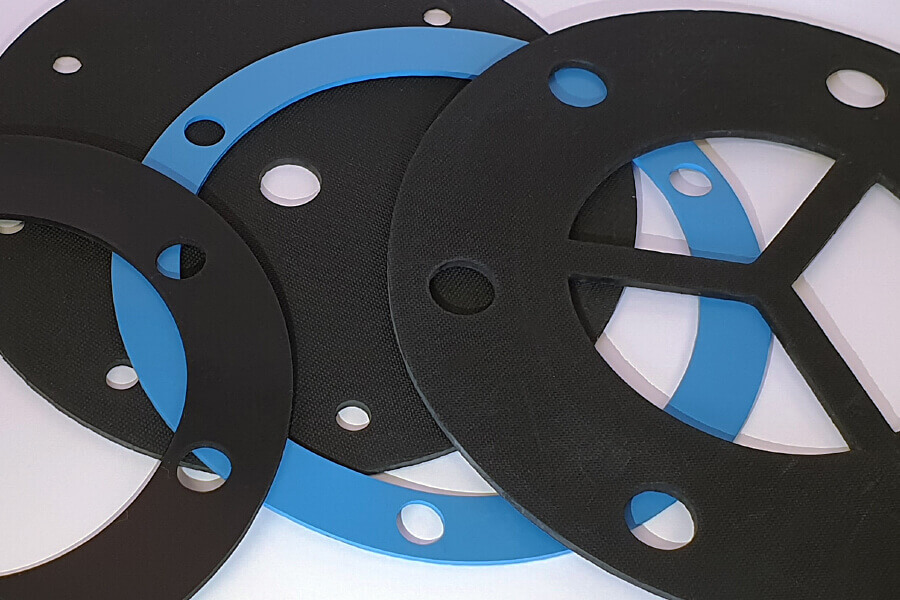
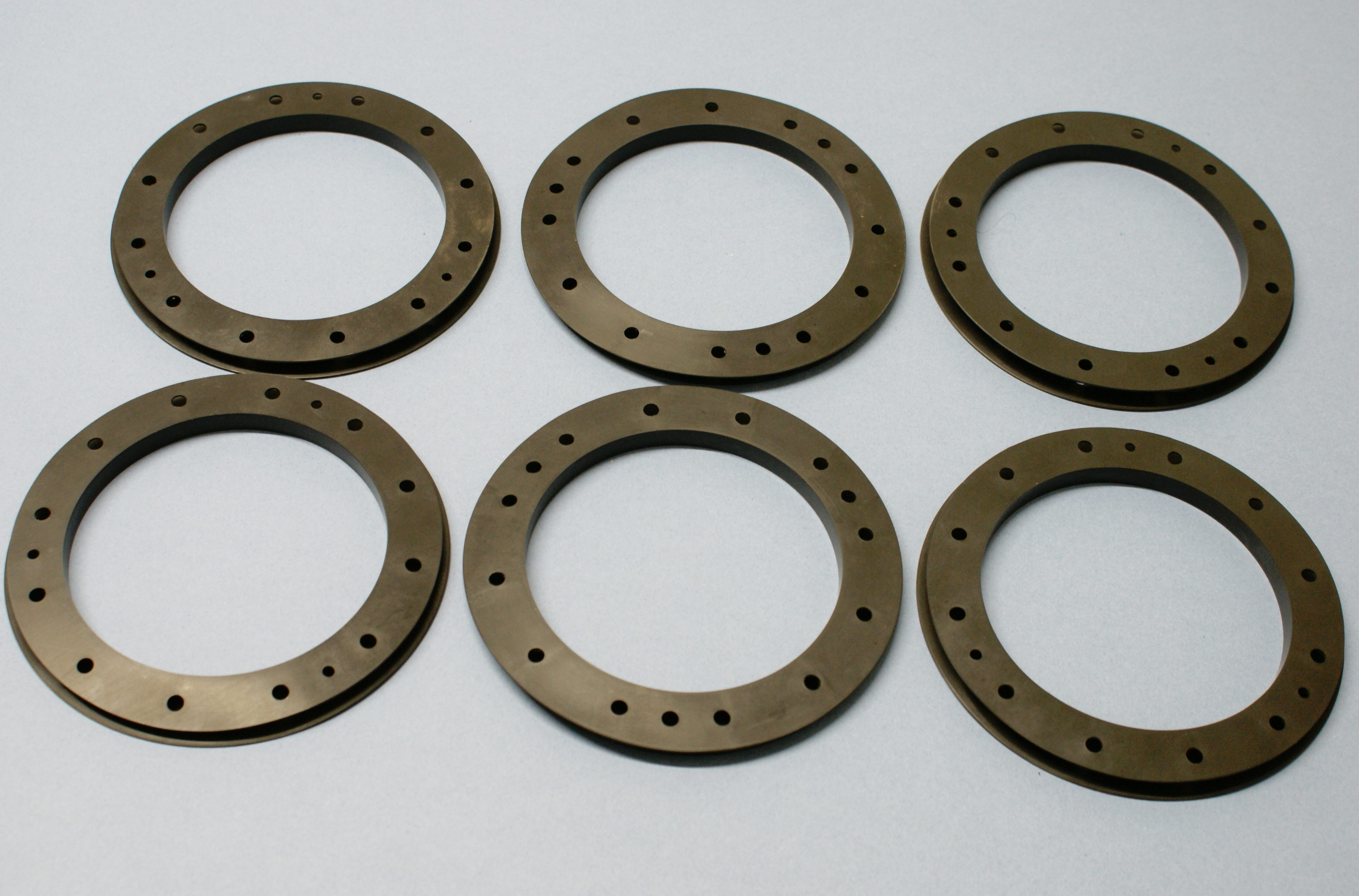
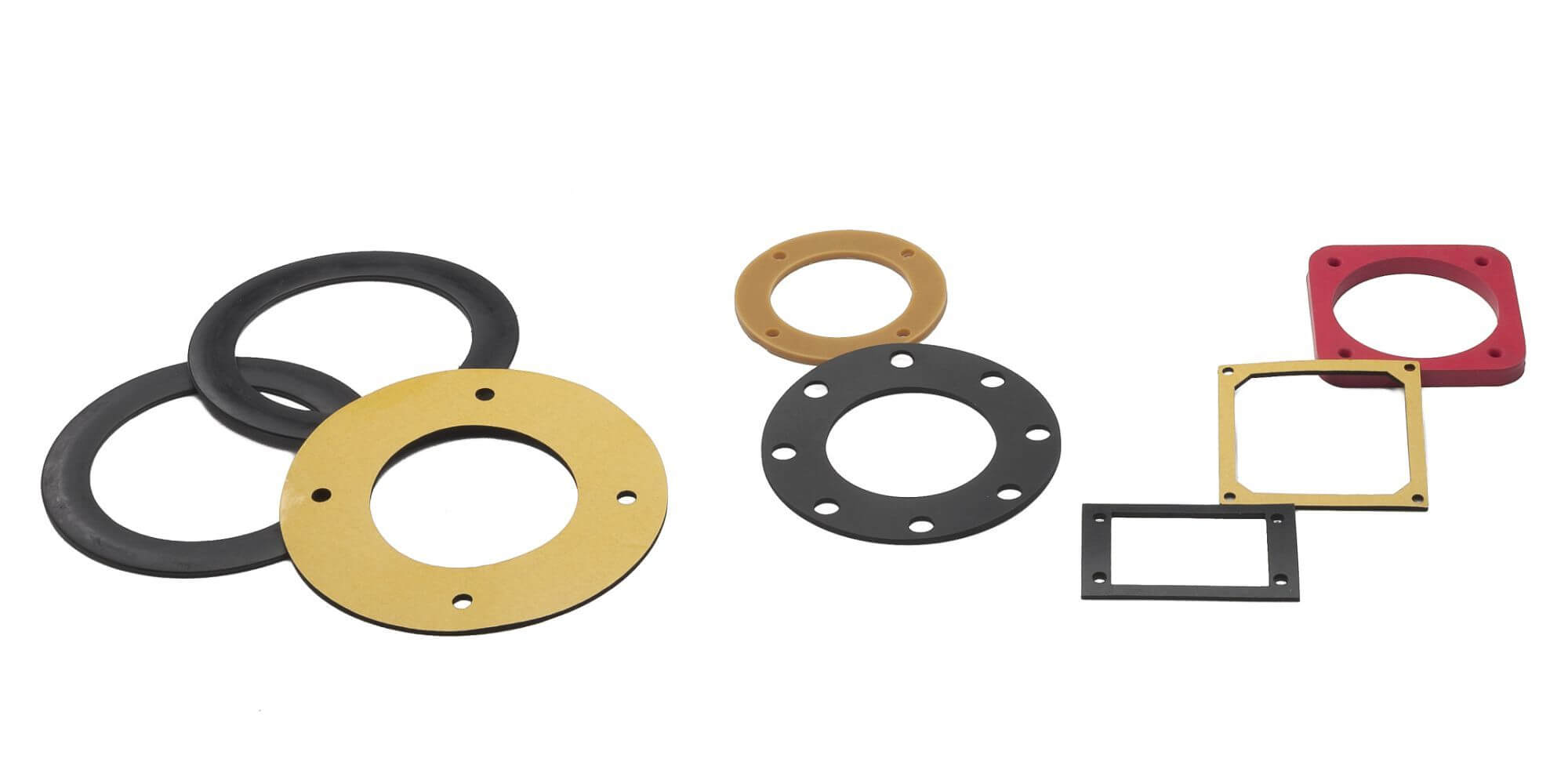
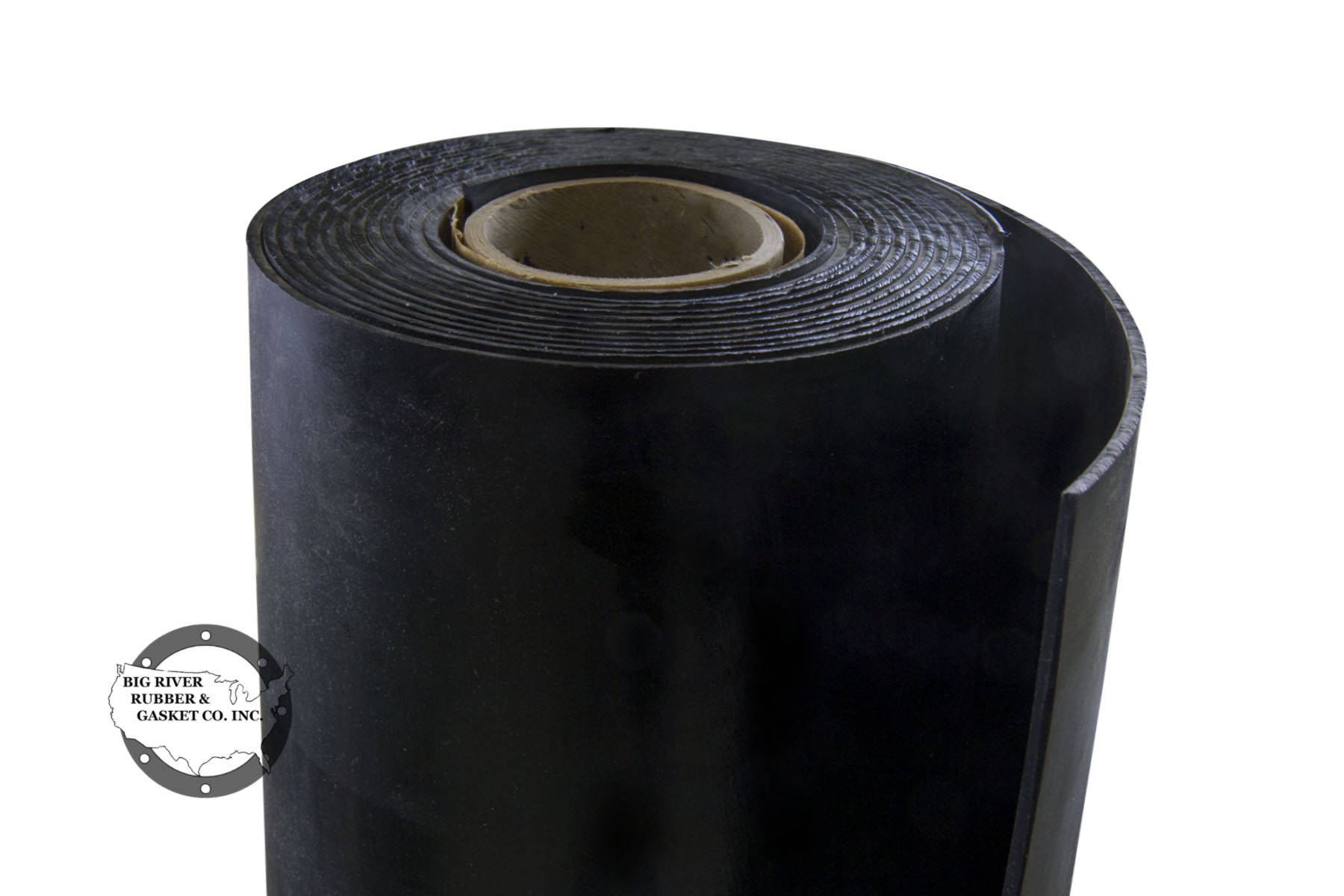
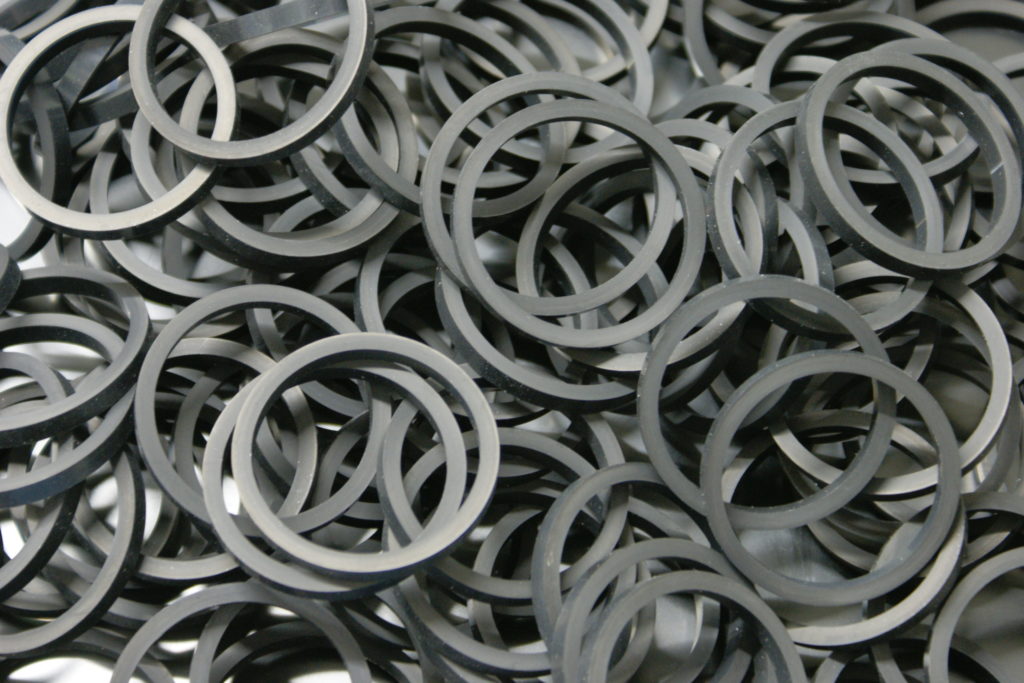

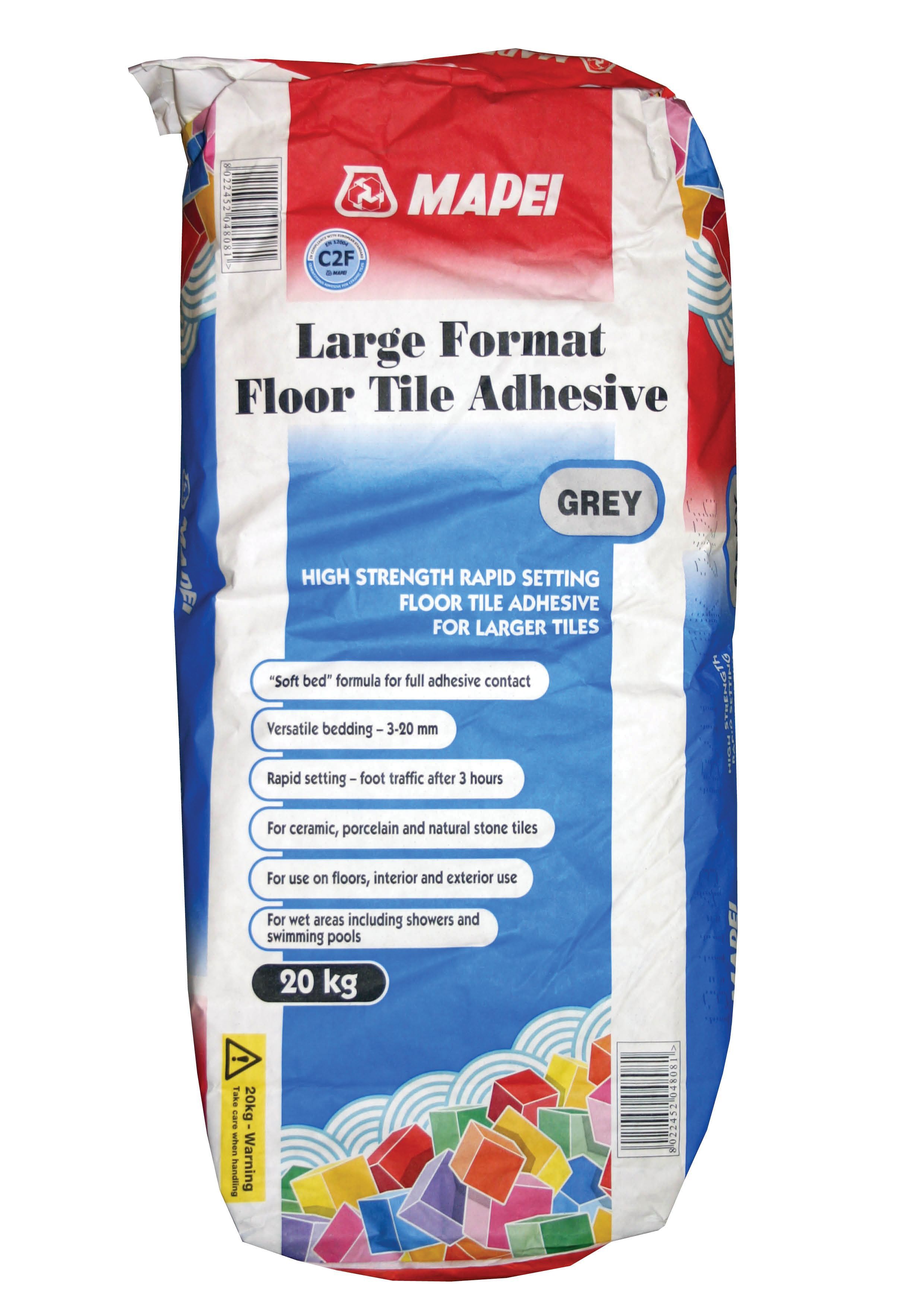

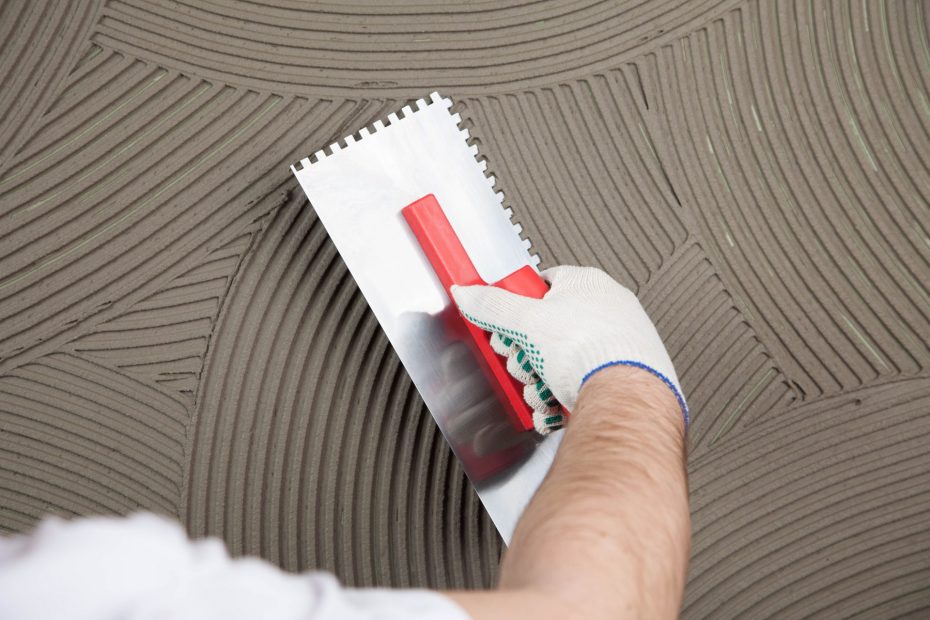


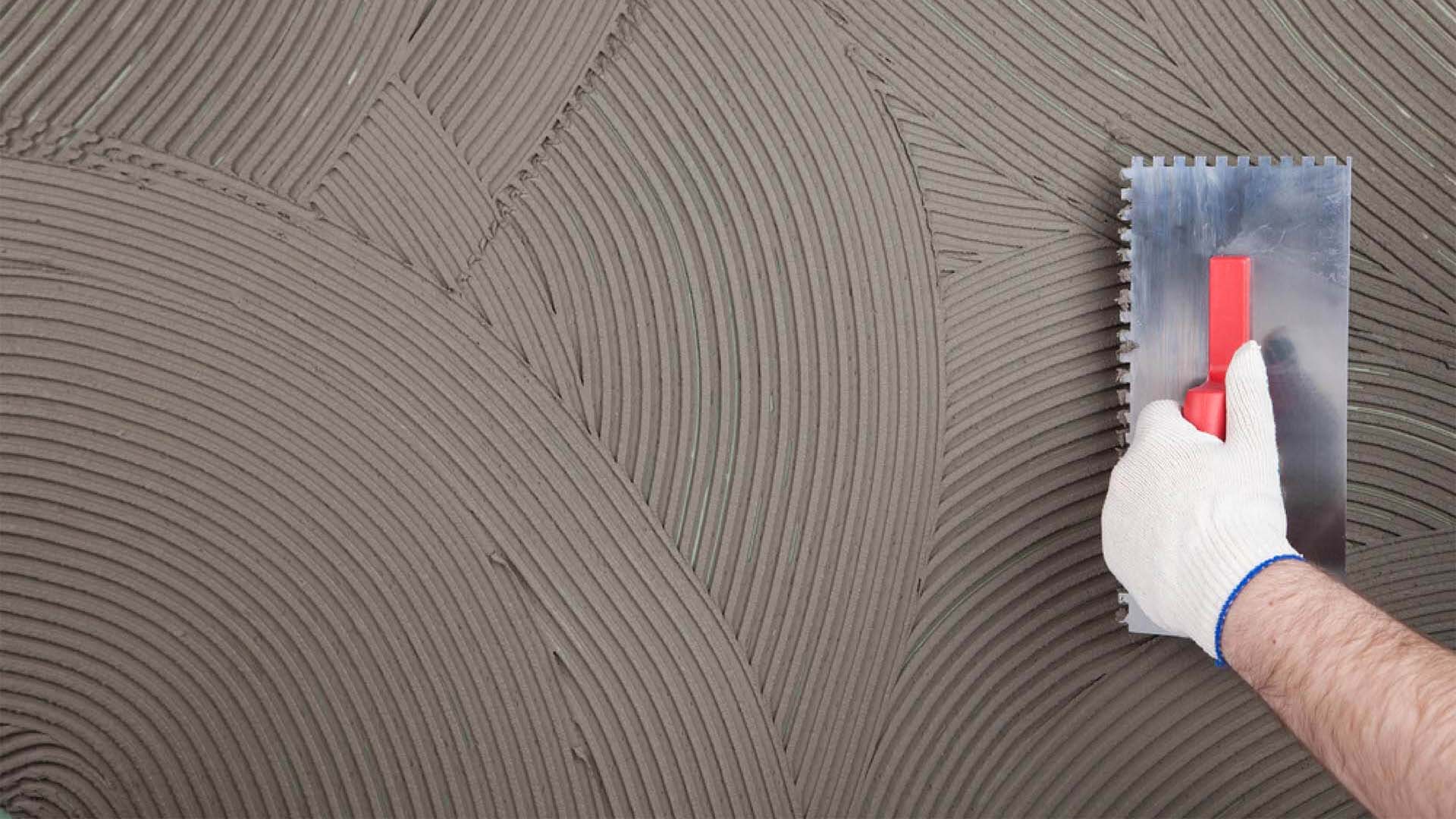
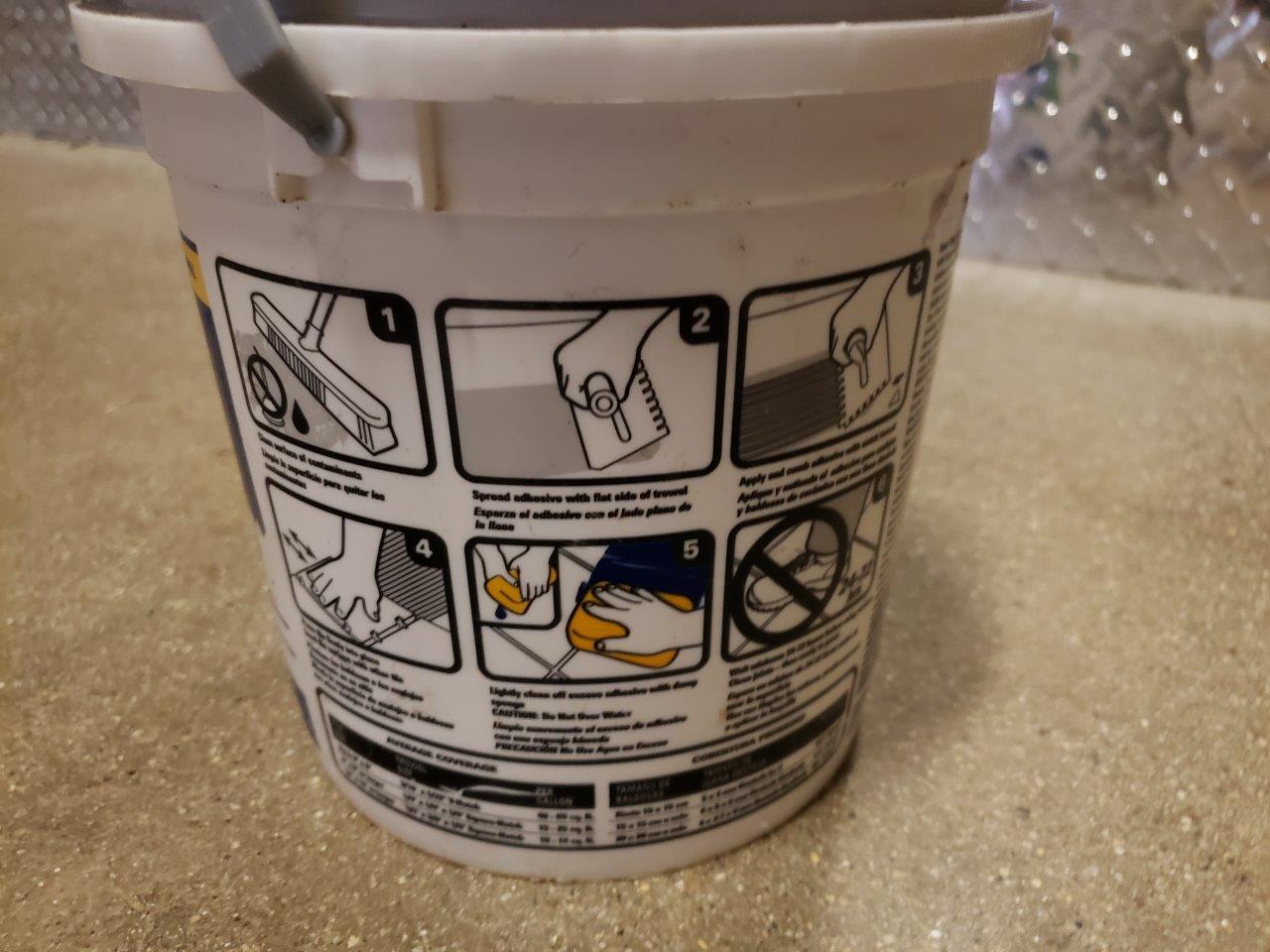
/tile-mortar-guide-thinset-mastic-and-epoxy-1821651_hero-3a49ffa14b89485aab8627fd708663b7.jpg)



